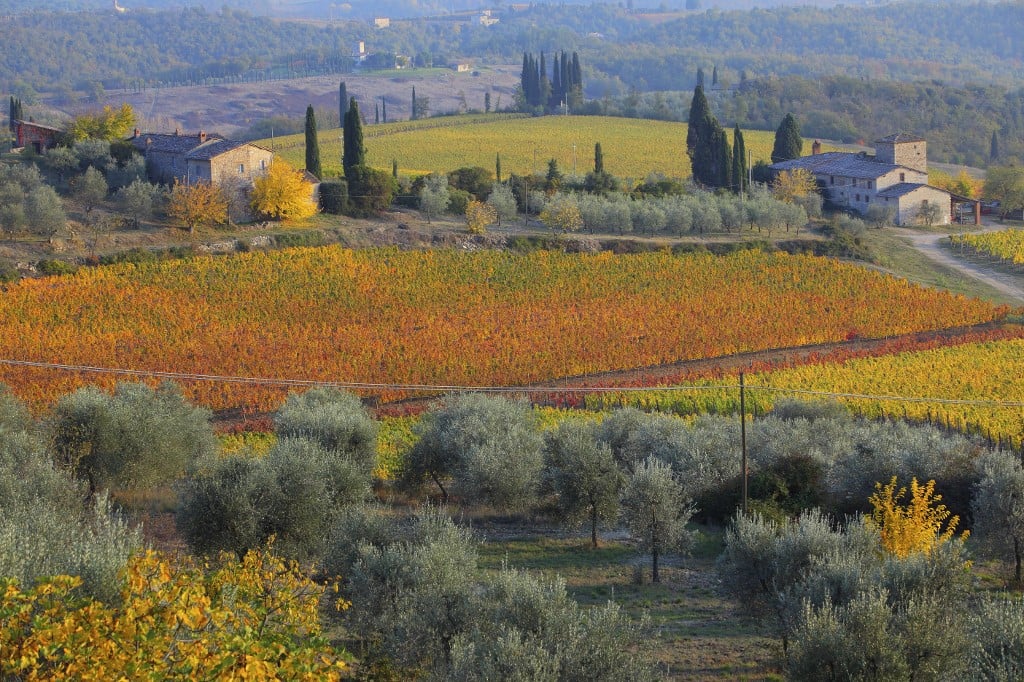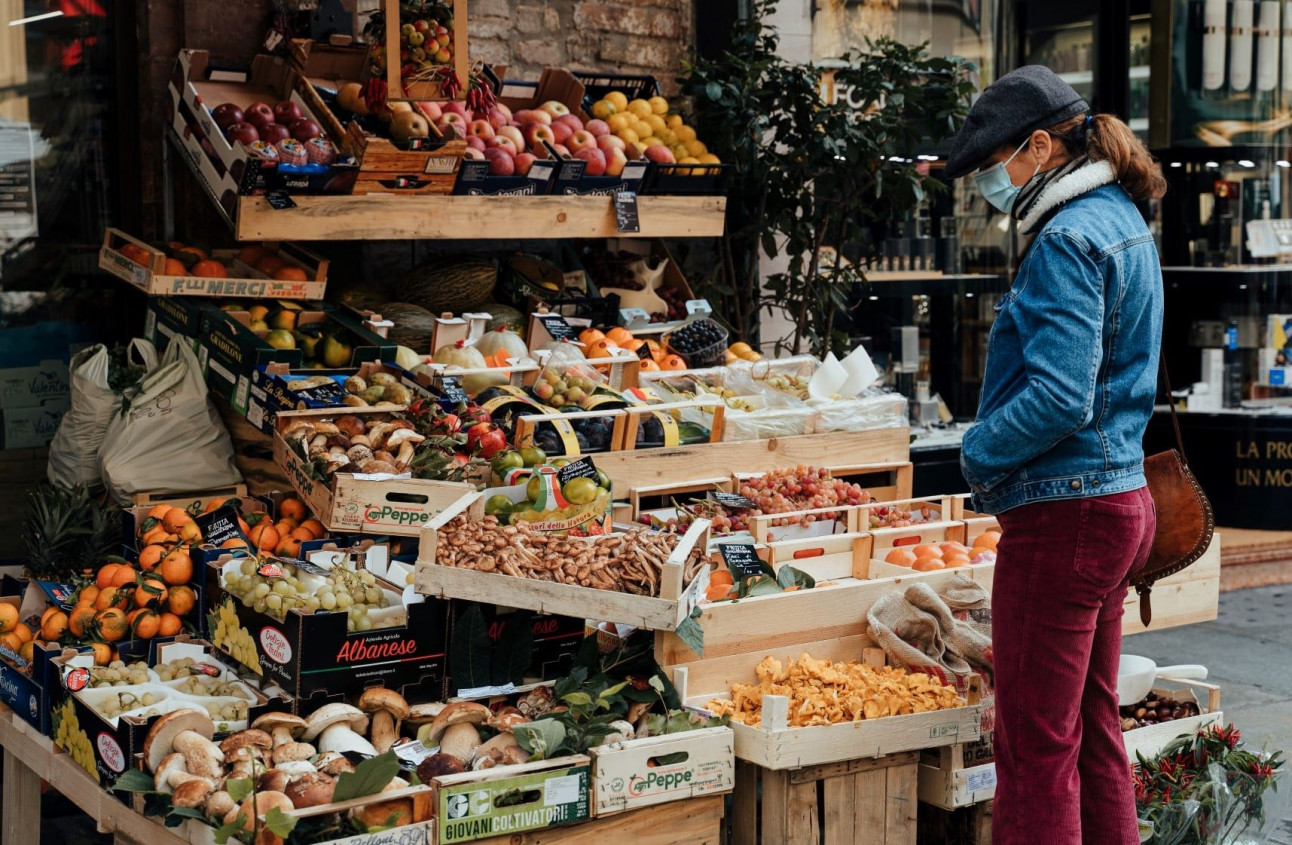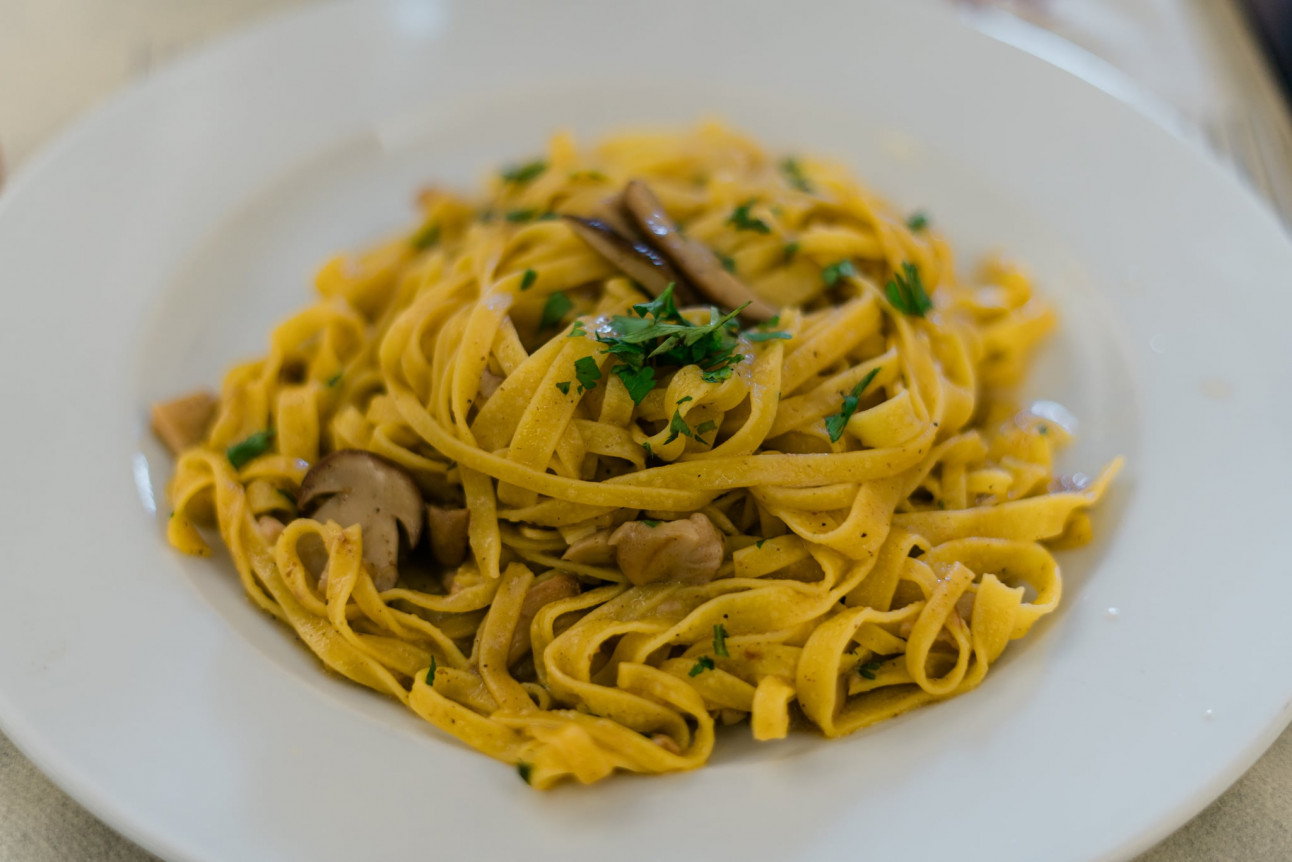

- Eight of the tastiest Italian foods for autumn
- The illnesses that only seem to strike Italians
- 17 ways your eating and drinking habits change when you live in Italy

Now autumn has arrived in Italy, writer Richard Hough in Verona describes the distinct seasonal changes to what we eat, wear and do - and why some of Italy's international residents are lagging a few weeks behind.




I love your paragraph about the four seasons, one of the many reasons why I hope to move to Piemonte one day. I live in south Florida, and after my dear friends and family over there, it’s the change of seasons I miss. I’ve visited from September into mid-October, found your recounting delightfully accurate.